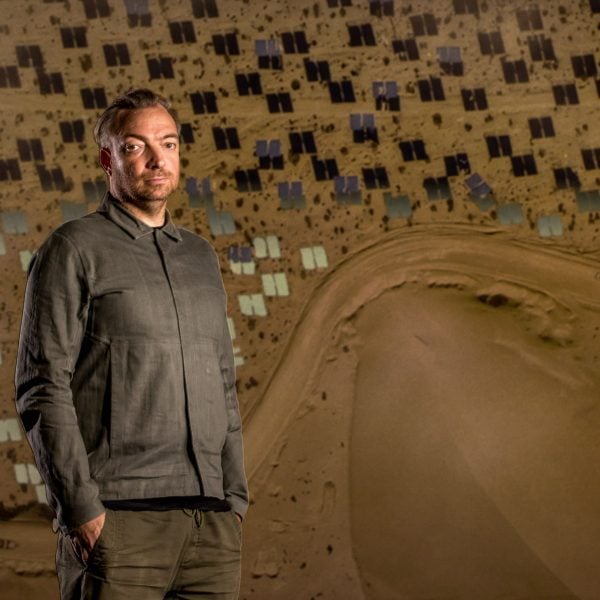Future-gazing architect and filmmaker Liam Younger explains why he believes people will fail to avert local weather disaster on this interview with Dezeen.
Young spoke to Dezeen forward of his Planetary Redesign exhibition, at the moment on show on the Nationwide Gallery of Victoria (NGV).
This options his newest movie, The Nice Endeavour, which proposes a radical resolution to the local weather disaster. The movie depicts an alternate future the place humankind unites to chop carbon emissions by constructing massive-scale wind farms within the ocean and photo voltaic farms within the desert.
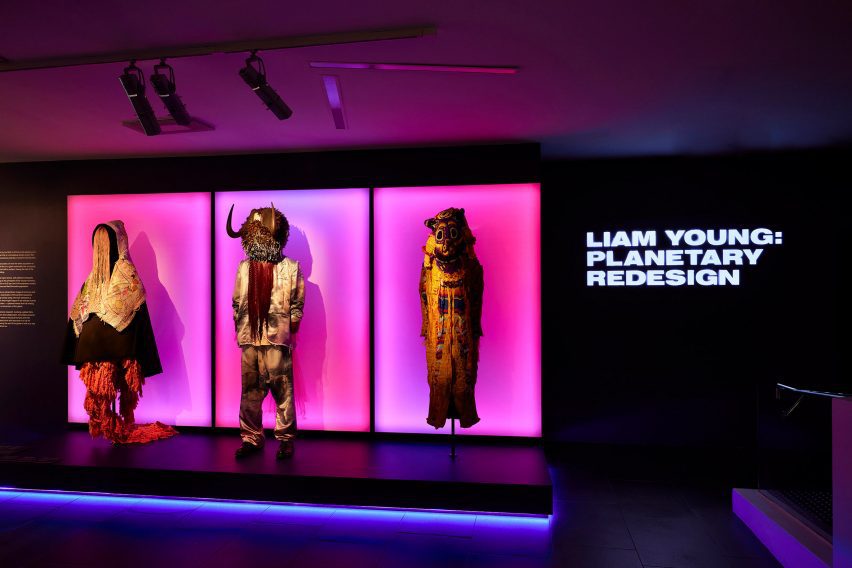
To attain this, the movie imagines a mobilisation of staff and assets on a planetary scale, which Younger believes is required to “not go extinct”.
“The Nice Endeavour envisions the size of world collaboration that is obligatory,” LA-based Younger instructed Dezeen.
“The construction is so advanced and costly that no single nation would have the ability to afford them or conceive them, but when we decide to not go extinct we have to begin constructing these machines.”
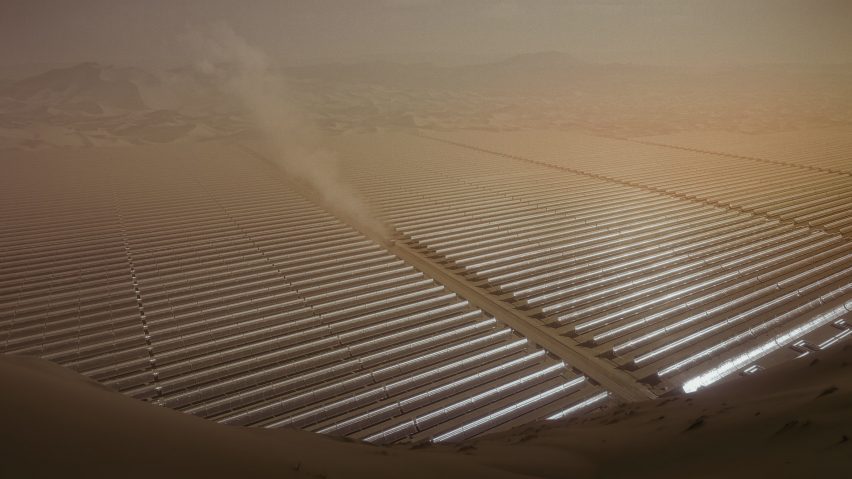
Younger’s overarching level is that standard approaches to sustainability fall far in need of the extent of motion required to take care of local weather change.
“All our visions in regards to the future that come from widespread tradition and designers and designers are continuations of environmental beliefs that started within the Nineteen Sixties and ’70s,” he stated.
“Architects placing timber on roofs, a neighborhood backyard in Brooklyn rising tomatoes, recycling home windows, attempting to make vegan diets attractive versus meat weight loss program — all these issues are beneficial and essential, however they now not work at a scale of change that we’d like, which is systemic and planetary.”
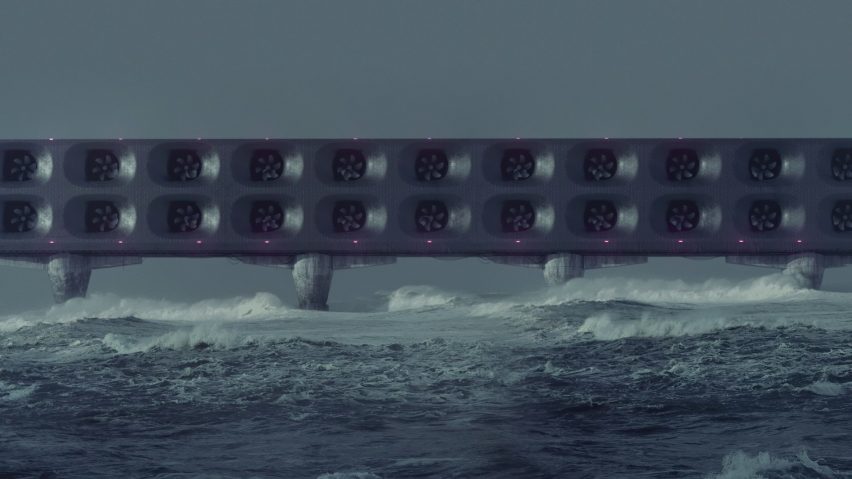
The boundaries to creating the required shift, he argues, are “now not a know-how drawback, however a cultural and political drawback”.
“All of the know-how we’d like is already right here,” he defined. “If we needed to, we are able to change tomorrow. In these phrases, I am extremely optimistic and hopeful in regards to the future.”
“However do I feel we are literally going to vary and do that? No, I do not,” he added.
“The extra I dig into this analysis by means of these initiatives, the extra I am crammed with dread the place I see not solely are we not limiting and scaling again, however as an alternative we’re growing fossil-fuel manufacturing — we’re doing the other.”
Our present political programs, he says, usually are not able to delivering the diploma of change required at adequate velocity.
“What we’re seeing is what we consider as democratic nations all over the world fully failing of their obligations of doing something in relation to local weather change,” he stated.
“Within the US, the place I am based mostly, they cannot even agree that local weather change exists, by no means thoughts really doing something at a scale required to make a distinction.”
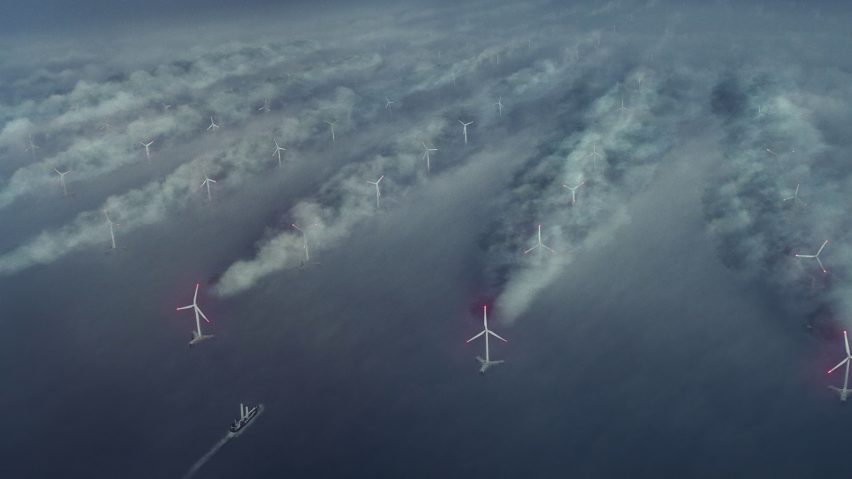
Non-democratic nations are those making the most important strides, Younger claimed.
“The nations which have made substantial strikes in that path are single-government nations,” he stated.
“China has taken offline hundreds of coal-burning energy stations throughout the final decade and has constructed the world’s largest wind farms, the world’s largest photo voltaic discipline, the world’s largest hydroelectric dam. To construct that dam, it displaced thousands and thousands of individuals, but it surely may do this.”
“I am not advocating for a transfer in direction of dictatorship, however the present political system is just not match for function within the context of world collaboration wanted for local weather change.”
One other non-democratic nation displaying monumental ambition in terms of initiatives touted as methods of decreasing emissions is Saudi Arabia.
Its venture The Line, at the moment being constructed within the desert, is deliberate as a renewables-powered, 170-kilometre-long linear metropolis for nine-million individuals.
Younger criticised The Line as “a really elaborate propaganda piece”.
“Somebody drew a line on the web page and so they noticed the facility of the headline-generating machine,” he stated. “They don’t seem to be manufacturing a metropolis, however manufacturing a picture of a metropolis.”
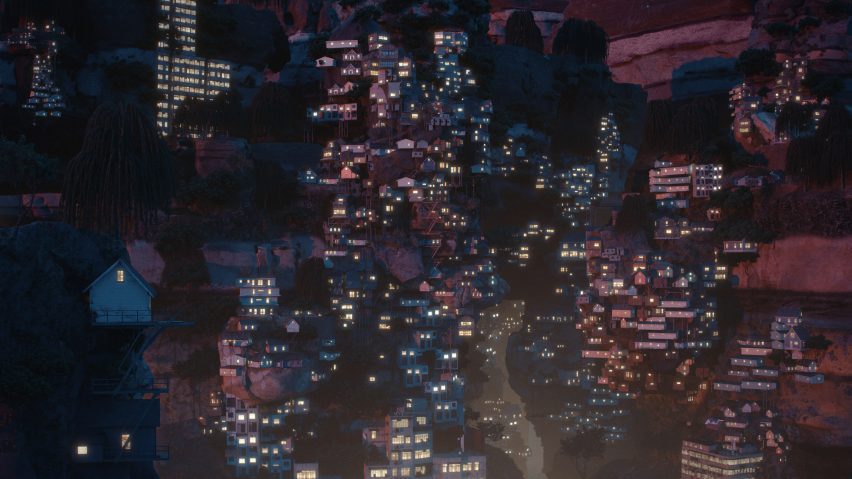
“The architects engaged on The Line are nice examples of the mercenary nature of the self-discipline, which has for a very long time been purely within the service of these with cash and energy,” he added.
However, he urged that the mega-project provokes an essential dialogue about which nations all over the world have the adequate ambition and capability to do one thing at a scale that matches the specter of local weather change.
“The Line is an intriguing instance of the size of building that’s required to take care of a few of the drawback,” he stated.
“It is a disgrace that the power is concentrated on the ridiculous picture of town, but it surely’s a helpful dialog level nonetheless.”
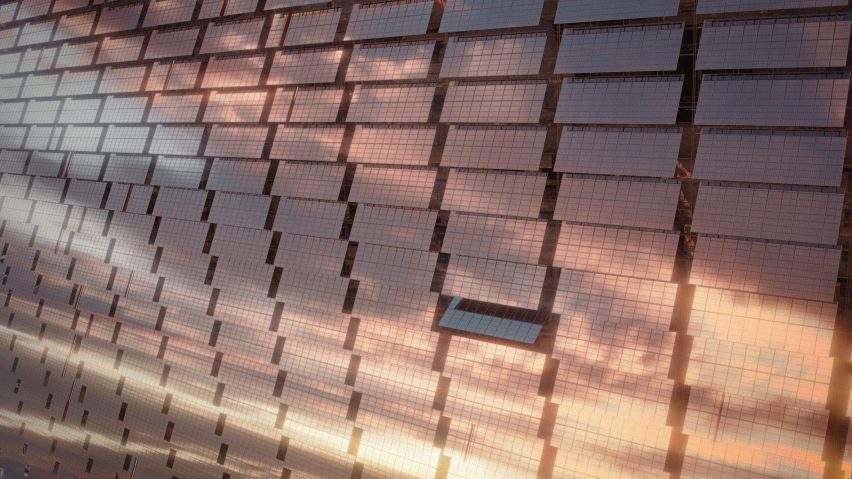
Younger’s work has beforehand explored the concept of a built-from-scratch, low-emission mega-city.
The Nice Endeavour is being proven at NGV as a part of Younger’s solo exhibition Planetary Redesign, which additionally options his quick movie Planet Metropolis together with images and costumes made in collaboration with costume designer Ane Crabtree.
First commissioned for the 2020 NGV Triennial, Planet Metropolis is a brief animation that imagines a brand new metropolis housing the complete human inhabitants.
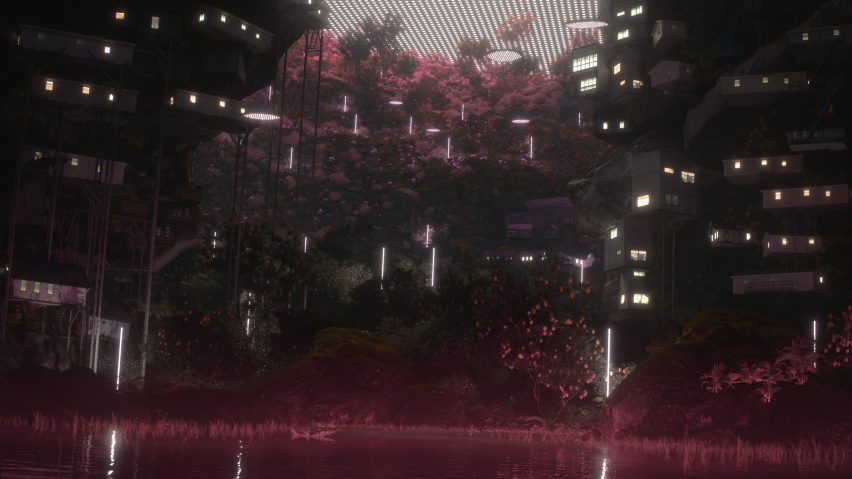
Younger has continued to develop the Planet Metropolis thought with additional analysis, notably on the know-how that might assist town be self-sustainable, akin to meals programs and agriculture infrastructure.
For example, he imagines a canal system within the metropolis feeding an enormous community of vertical farms.
“Though the work I do is commonly described as science-fiction, it’s all based mostly on the know-how within the current second – there’s no imaginary know-how in there, in contrast to plenty of Hollywood science-fiction,” Younger stated.
“My job as a world-builder is figuring out the know-how in the intervening time and turning up the amount,” he added.
“My initiatives are actually simply science illustrators. All I am doing is taking these applied sciences which have the potential to have interaction and take care of the issue, akin to the size of the local weather disaster.”
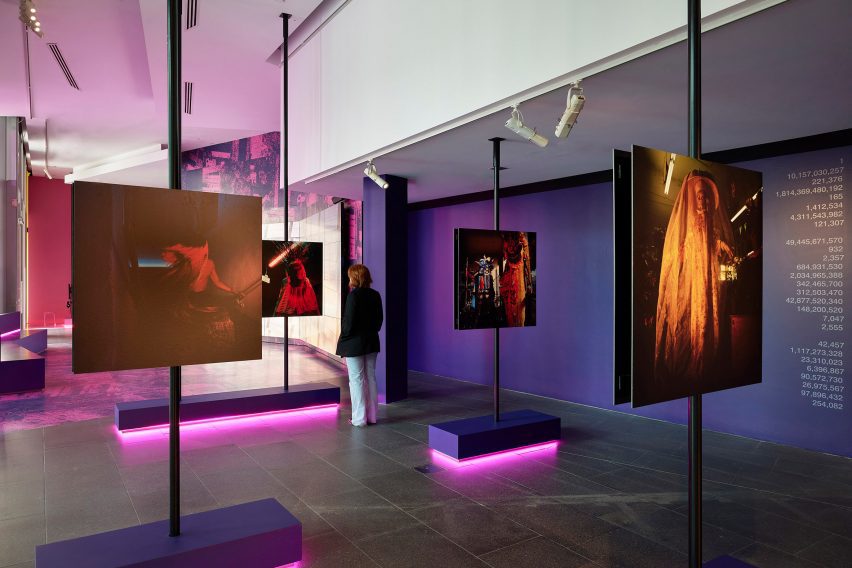
Regardless of his pessimism about politics, Younger believes architects and designers nonetheless have an essential function to play at the moment to speak viable and hopeful planetary-scale visions of systemic change to the general public.
“We have to inform tales about what the long run may appear to be versus the technical options that architects and designers usually work by means of,” he argued.
“We have to work with drama and emotion to get individuals on board with these adjustments.”
“On the similar time, we have to body these adjustments – each the language we use and design photos we create – in such a means that it does not appear to be it is simply pure sacrifice.”
In The Nice Endeavour, for instance, Younger tried to painting the extraordinary enterprise of constructing large energy-generating machines not as an act of sacrifice however as an act of celebration of planetary collaboration.
“Architects and designers occupy this actually highly effective place between tradition and know-how,” he stated.
“We have to use the identical language that we used across the moon touchdown to rally the complete technology round this concept.”
The pictures are courtesy of Liam Younger until in any other case acknowledged.
Liam Younger: Planetary Redesign is on present till 11 February 2024 at The Ian Potter Centre: NGV Australia at Fed Sq., Melbourne, Australia. See Dezeen Occasions Information for an up-to-date checklist of structure and design occasions happening all over the world.
Dezeen In Depth
Should you get pleasure from studying Dezeen’s interviews, opinions and options, subscribe to Dezeen In Depth. Despatched on the final Friday of every month, this text supplies a single place to learn in regards to the design and structure tales behind the headlines.


